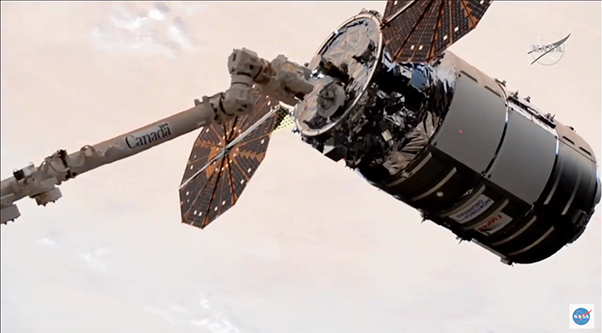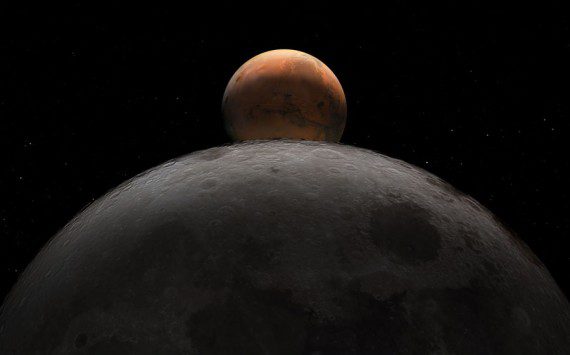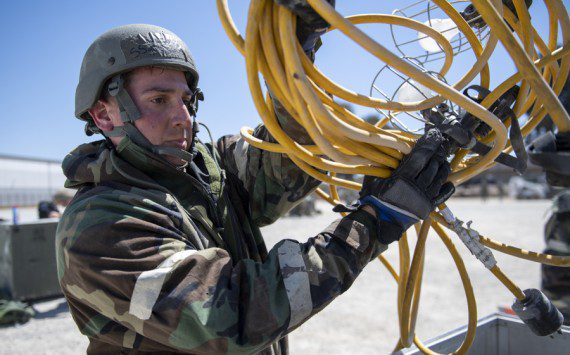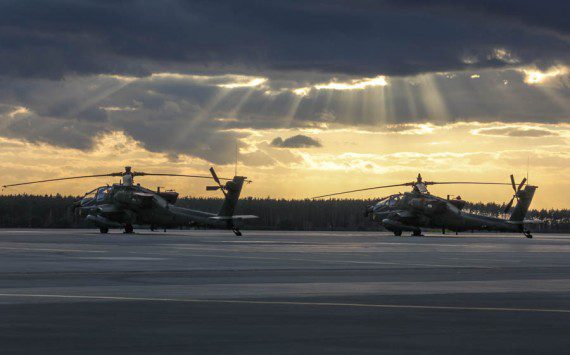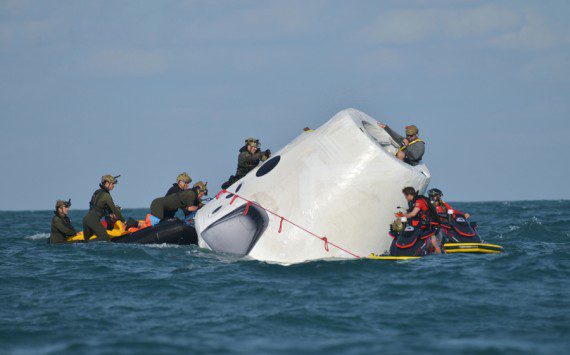Northrop Grumman’s Cygnus spacecraft was successfully captured by Commander Chris Cassidy of NASA using the International Space Station’s robotic Canadarm2 at 5:32 a.m., EDT, Oct. 5 after its launch on the company’s Antares rocket on Oct. 2 from Wallops Island.
The S.S. Kalpana Chawla executed a series of thruster burns during its three day journey to the station. Once Cygnus was in close range, crew members grappled the spacecraft with the station’s robotic arm. Cygnus was then guided to its berthing port on the Earth facing side of the station’s Unity module and officially installed to the space station at 8:01 a.m., EDT.
“The S.S. Kalpana Chawla has successfully completed the first part of its mission with its arrival at the International Space Station,” said Frank DeMauro, vice president and general manager, tactical space systems, Northrop Grumman. “Northrop Grumman is proud to support both NASA and our commercial partners as we continue to play a critical role in support of humans living and working in space.”
Cygnus will remain berthed to the International Space Station for approximately three months while more than 8,000 pounds of cargo is unloaded and astronauts reload the vehicle with disposal cargo. Cygnus will then undock and complete its secondary mission of hosting both the Northrop Grumman-built SharkSat payload and the Saffire-V experiment. The SharkSat prototype payload is mounted to Cygnus and will collect performance data of new technologies in low Earth orbit.






